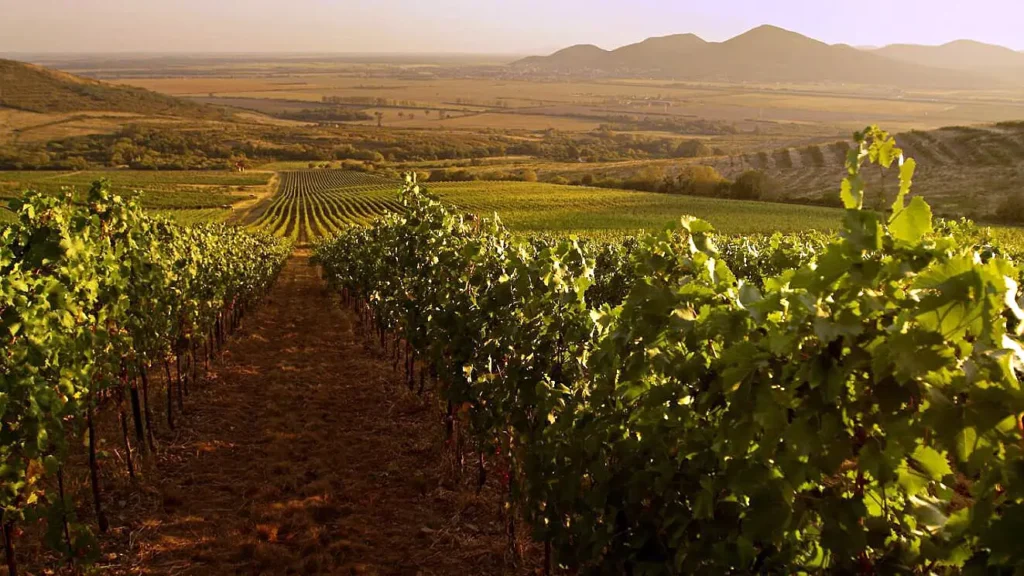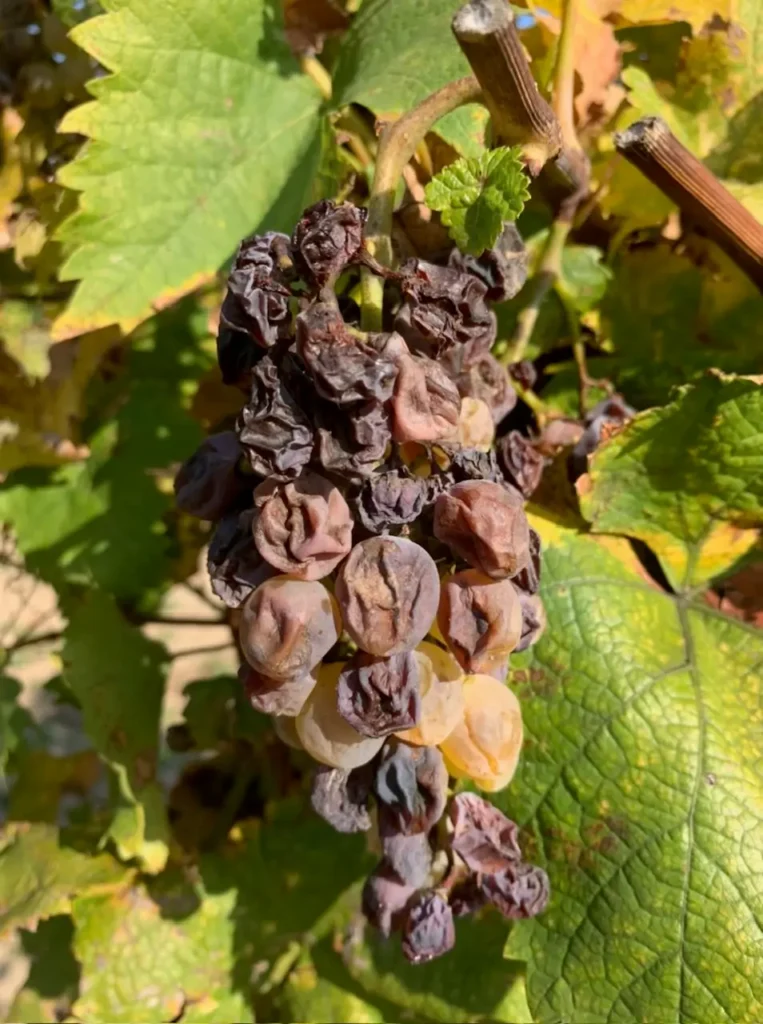Tokaj Wine Region

Tokaj-Hegyalja is Hungary’s number one wine region and one of the most beautiful, situated in the Tokaj-Abaújszántó-Sátoraljaújhely triangle on the southern slopes of the Zemplén Hills. The excellent location of the vineyards, the volcanic soil structure, the autumn sunshine and the favourable effects of the vapour rising from the nearby Bodrog river are the secrets of the quality and uniqueness of Tokaj wine. The tradition of making Tokaj aszú, the ‘king of wines, the wine of kings’, is passed down from generation to generation in the region.

Local farmers cultivated vineyards here well before the conquest of the Carpathian Basin by Hungarian tribes. Today there are 5500 hectares under vine. Tokaj was the world’s first closed wine region. On the 1st of October in 1737, VI. King Károly announced the demarcation of the Tokaj wine region and in the same document listed the 28 settlements with the authorization to grow grapes for the production of Tokaj wines. In 2002, the UNESCO World Heritage Committee inscribed the historic Tokaj-Hegyalja wine region on the World Heritage List as a cultural landscape. The intact, original wine-growing traditions of the past thousand years and the millennia-old unity of the area justified the inscription of the wine region on the World Heritage List.
The wine-growing area is characterised by a continental climate, volcanic bedrock (andesite, rhyolite and the corresponding tuffs) and the resulting liquefied soil. While the mineral-rich volcanic rocks favour full-bodied wines, the looser soils yield wines with a softer character.

Tokaji Aszú
The formation of the aszú grapes is a true mystical miracle. Botrytis Cinerea, the blessing of the noble mould, is the result of the magic of Tokaj’s climate. It can only be produced in good seasons when nature provides the necessary late summer rainfall with a period of sun and wind in late autumn. The berries, swollen by moisture, crack, Botrytis Cinerea colonises the skin, initiating a special overripening process and, in the best case, a noble rot. The noble rot grapes lose a significant part of their water content, resulting in sweeter, richer, more concentrated aszú grapes. At the same time, botrytis, the noble rot, produces aromatic and flavour compounds with specific aroma components. The aszú grapes are carefully harvested by sorting the grapes by the piece.
Aszú making is a meticulous process that requires a lot of patience and expertise. The early history of making aszú wine dates back to the 17th century when the Reformed preacher Máté Laczkó of Szepsi made the first aszú wine for Easter 1631. Today, aszú is still made according to the ancient method: 5 puttony (=our traditional wooden basket) of aszú grains are mixed with 1 gönci barrel (=136 litres) of must. A Tokaj puttony weighs 25 kg of aszú grains. In the production of noble aszú wine, the grapes are mixed whole with must without opening. The pressing is always done slowly, with a long pressing time.
The fermentation of the aszú musts is slow and requires a long period of time, after which the aszú wines are matured in small wooden barrels. For these barrels, oak wood from the Zemplén hills bordering the wine region is used.
